Hosted by
Studies in International Planning History
The Studies in International Planning History series brings back to print influential texts from around the world about the study and practice of city and regional planning. The series was initiated by editor Helen Meller and started at publisher Routledge, now continuing by Carola Hein at TU Delft Open. The aim of the series is to make material that is now difficult or impossible to obtain more widely available for the study of the internationalisation of planning ideas and local responses. Each book is a facsimile of the original work, (including an English translation if necessary) with an introductory essay written by an expert in the field putting the text into its contemporary and current context.
Series editor
Professor Helen Meller, University of Nottingham (till 2019)
Prof.dr.ing. Carola Hein, TU Delft (2019 onwards)
Publisher
TU Delft Open
All Books
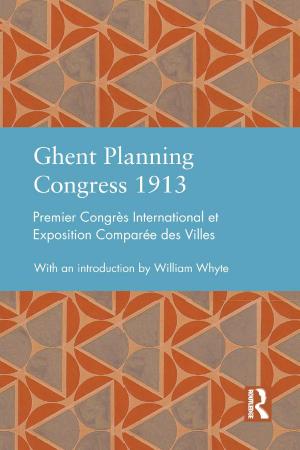
The Ghent Congress on town planning was the first genuinely international conference to address all aspects of civic life and design. Attended by representatives of 22 governments and 150 cities, as well as by hundreds of architects, planners, politicians, and scientists, it marked the culmination of a series of events which helped to form the world of town planning at the start of the twentieth century.
Ghent illustrates three key themes for the history of town planning. First,...
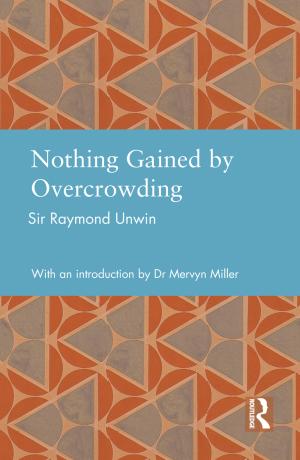
In his 1912 pamphlet for the Garden Cities and Town Planning Association Nothing Gained by Overcrowding, Raymond Unwin set out in detail the lessons learnt from his formidable practical experience in the design and layout o f housing: at New Earswick from 1902, Letchworth gard en c ity from 1905, and most significantly at Hampstead garden Suburb, where the ‘artisans’ quarter’ 1907–9 was probably his masterwork o f spatial design. His interest in minimising the length o f paved road to...
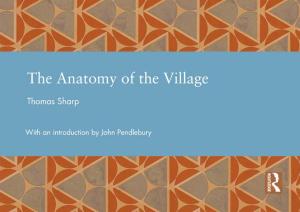
Thomas Sharp was a key figure in mid-C20 British planning whose renown stems from two periods in his career. First, he came to attention as a polemical writer in the 1930s on planning issues, including as a virulent opponent of garden cities. His prose tempered over time and this phase perhaps culminated in Town Planning, first published in 1940 and reputed to have sold over 250,000 copies. Subsequently the plans he produced for historic towns in the 1940s, such as Oxford, were very well...
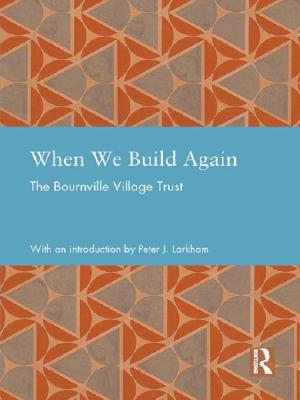
Like many UK cities Birmingham was heavily bombed during the Second World War and, as with so many bombed British cities, and many un-bombed ones that jumped onto the re-planning bandwagon, there was a clear imperative to reconstruct. But Birmingham was atypical in how it went about this. The city had begun planning in the mid-1930s, principally to replace vast quantities of slum housing — and there had been suggestions about ring roads even from the time of the First World War. So plans...
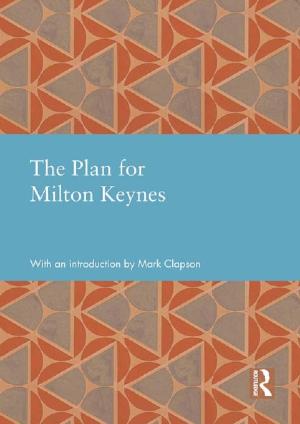
The UK’s largest new town, Milton Keynes, is the product of a transatlantic planning culture and a plan for a relatively low-density motorised city generously endowed with roads, parklands, and the infrastructure of cabling for communications technology. At its heart was the charismatic and infl uential Richard (Lord) Llewelyn-Davies. A Labour peer with various personal and professional interests in the USA, he drew upon the writings of American academics Melvin Webber and Herbert J. Gans,...
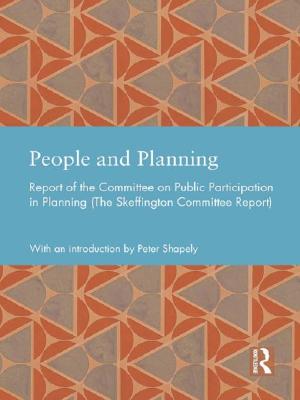
The Skeffington Committee was appointed in 1968 to look at ways of involving the wider public in the formative stages of local development plans. It was the first concerted effort to encourage a systematic approach to resident participation in planning and the decision-making process, in contrast to the entirely top-down process created by the 1947 Town and Country Planning Act.
The origins of the Skeffington Report lay in the 1965 publication by the Planning Advisory Group of The...
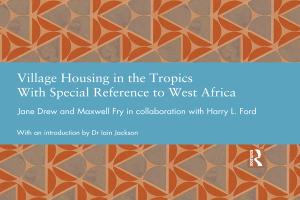
Tropical Architecture, although now a highly contested and debated term, is the name given to European modern architecture that has been modified to suit the climatic and sometimes cultural context of hot countries. These hot countries were labelled ‘the tropics’ and were often European colonies, or countries that had recently won their independence. Fry & Drew’s book, written on the threshold of the end of the British Empire, was one of the first publications to offer practical advice...
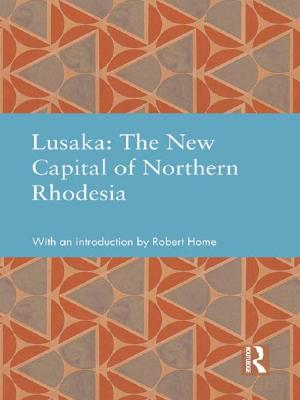
This short account of the planning of Lusaka as the new capital of Northern Rhodesia, written for its offi cial opening in 1935 as part of jubilee celebrations for King George V, was printed in a limited edition specifi cally for that event, and is now very scarce and diffi cult to obtain, but deserves to be made more widely available for scholars of planning and urban history, and especially all interested in African urban development.
The planning of Lusaka was a prestige project...
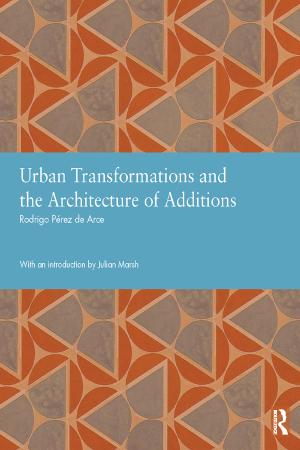
Rodrigo Pí©rez de Arce’s essay Urban Transformations and the Architecture of Additions was published during the formative stages of postmodernism, at the point where theory was becoming seriously established. Jencks’ first essays formalising the term postmodernism in architecture and the revised Learning from Las Vegas were published the previous year.
In planning terms, modernism had become associated with comprehensive redevelopment and forms of urban organisation that ignored...
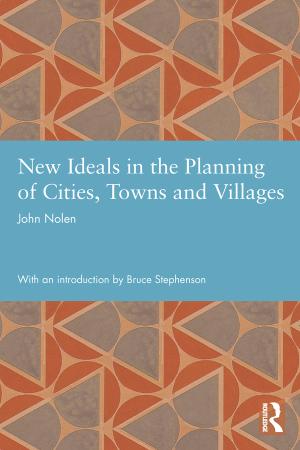
John Nolen’s New Ideals in the Planning of Cities, Towns and Villages is the most thorough assessment of city planning written by an American practitioner before 1920. It records the interplay of urban reform in Europe and the United States, the rise of the planning expert, the design of new towns, and the technique for directing urban expansion on systematic lines. Most importantly, it documents the blueprint for investing the “peace dividend” of the Great War to make urban life “more fit...

Europe Rehoused was one of the most influential housing texts of the 1930s, and is still widely cited. Written by the housing consultant Elizabeth Denby (1894—1965) it offered a survey of the nearly two decades of social housing built across Europe since the end of World War I, with the aim of informing British policy makers; as a reviewer declared ‘it has a decidedly propagandist flavour.’ Denby was a leading figure in housing debates in the 1930s. Adopting a line in sharp critique of...
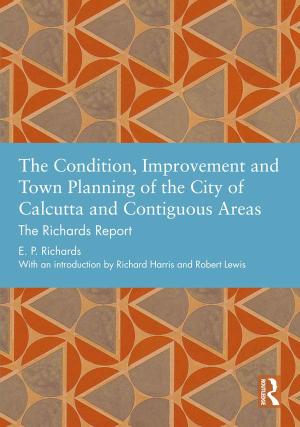
By 1900 the British had undertaken various types of urban planning in their colonial territories, but the early twentieth century brought new ideas and the birth of the modern planning movement. In India these new planning ideas inspired several specialized reports after 1900, most of which drew explicitly on British, or occasionally German, ideas. The most complete of these studies was the Richards Report on Calcutta, prepared for the Calcutta Improvement Trust and published in 1914.
...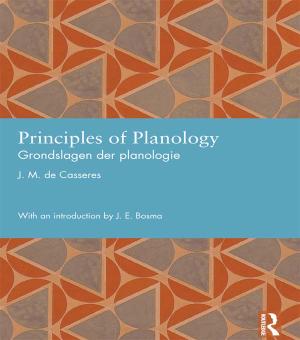
Between the World Wars, the talent of Dutch town planner J. M. de Casseres (1902—1990) found expression in two visionary books and a clutch of influential articles.
In an in-depth article published in February 1929 in the magazine De Gids under the title ‘Grondslagen der planologie’ (‘Principles of planology’) he invented a term for the new social-scientific discipline that would eventually enter the Dutch language.
De Casseres made it his life’s work to elevate the art and...
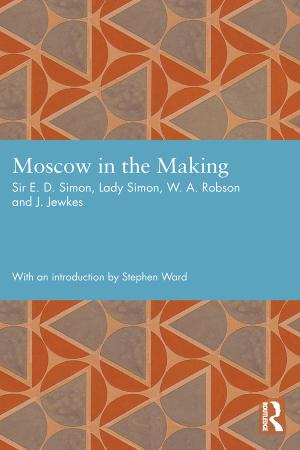
This book, published in 1937, reported on a four-week visit to Moscow in 1936 to study the making of Moscow as a showpiece Soviet capital. At its core was the 1935 General Plan for the Reconstruction of Moscow but the book was a study of planning in the Soviet rather than the Western sense. Thus it covered many aspects of the city’s social and economic life including industry and finance, education and housing production as well as governance and town planning. Much first-hand detail is...
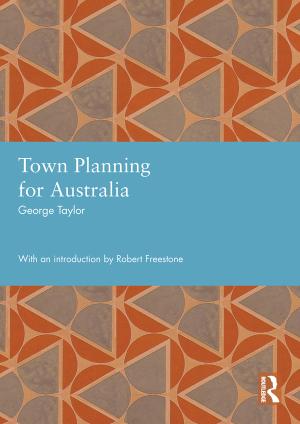
George Taylor’s Town Planning for Australia was the first dedicated book on the subject of urban planning published in Australia. Journalistic and ideological in style, it sets out a robust vision for a specifically Australian approach to planning and development of towns in a young country.
Taylor was a controversial figure, a political activist and publisher who brought the NSW Town Planning Association into existence and played a key role in promoting planning into the 1920s....
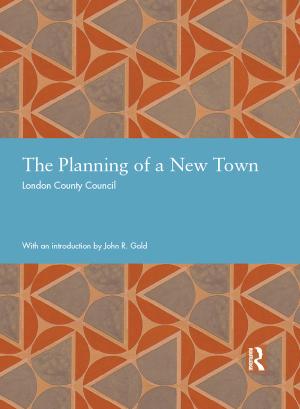
The publication of The Planning of a New Town in 1961 aroused remarkable interest. Its pages described a private new town, sponsored by the London County Council (LCC), to be built at Hook in Hampshire; a scheme that innovatively combined Garden City/New Town traditions with sensitivity to modern design. At its heart lay a multilevel and megastructural town centre intended to serve as a genuine focus for the gathering community, featuring shops and amenities placed on a pedestrian deck...
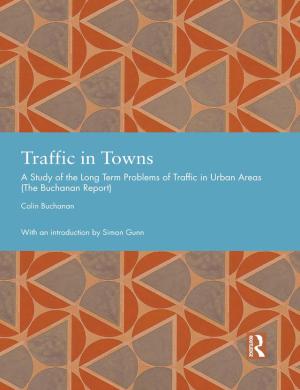
Traffic in Towns, also known as the Buchanan report, is regarded as one of the most influential planning documents of the twentieth century. The report reflected mounting concern about the impact on Britain’s towns and cities of rapid growth in the ownership and use of motor vehicles. Its purpose was to evaluate policy options for reducing the threat of traffic congestion to urban circulation and quality of life.
Two main conclusions were drawn from the report: firstly, the need...
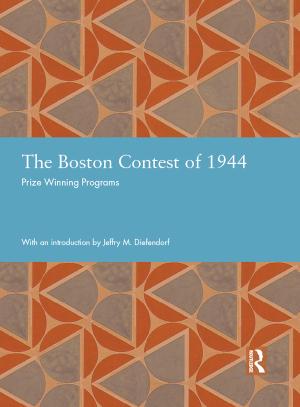
During World War II, many European government authorities and planners believed that the damage caused by bombing constituted a great opportunity to transform their cities. Even as the fighting continued, a great many plans were drawn up, and this has been the subject of much scholarship. However, what is often overlooked is wartime planning in cities not damaged in the war. United States cities were not bombed, but in Boston, one of its leading cities, the last years of the war brought a...
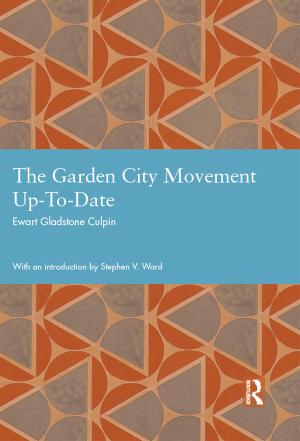
This work was written and compiled by the then Secretary of the Garden Cities and Town Planning Association in 1913. It shows just how much the conception of the garden city had been broadened from Howard’s original texts. Indeed the Association’s own name had been broadened to add the newly emergent practice and theory of town planning to the original focus.
Alongside the garden city, recognition is now given to the burgeoning numbers of garden suburbs and garden villages. Many...
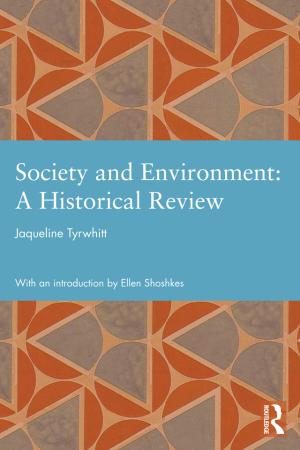
Jaqueline Tyrwhitt (1905—83) was a British town planner, editor, and educator. These four key Tyrwhitt texts illustrate how she forged and promoted a synthesis of Patrick Geddes’ bioregionalism and the utopian ideals of European modernist urbanism, which influenced post-war academic discourse and professional practice in urban planning and design internationally, and United Nations community development policy specifically.
Tyrwhitt’s contributions to The Town and Country Planning...
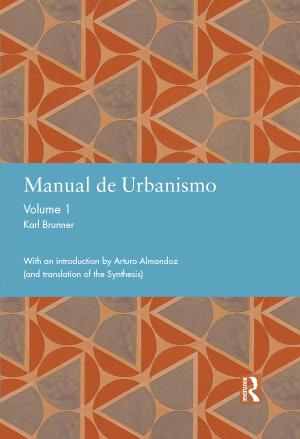
Unlike European countries, where the consolidation of town planning was based on legislative reforms, Latin America’s urbanismo mainly stemmed from urban plans for national capitals and metropolises. Austrian academic and planner Karl Brunner was hired in Chile, Colombia and Panama from the late 1920s to advise in the professional and academic domains, marking a shift from the so-called í‰cole Française d’Urbanisme (EFU) of Haussmannesque descent towards the Austrian-German Städtebau.
...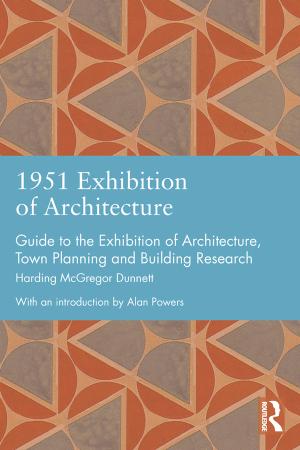
The Festival of Britain is perhaps best known for its South Bank Exhibition promoting British science and art to the post-war world, but one of the most important elements was the Architecture Exhibition, based in Poplar in East London. This exhibition was used to demonstrate the principles of modern town planning that had been laid out by Abercrombie, in particular in his County of London Plan.
The project was named after George Lansbury, the Labour MP, London County Council (LCC)...
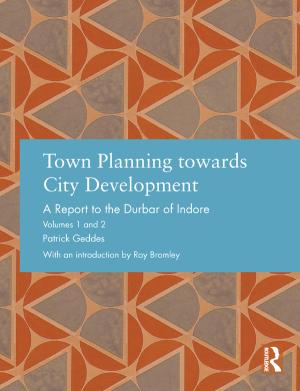
Patrick Geddes is one of the most important figures in planning history, variously presented as an inspiration to regional planning, environmental planning and sustainability, grass-roots planning, citizen democracy, historic preservation, neighbourhood upgrading, university—community partnership, lifelong learning, and co-operative housing. Though well-known and often praised by planning historians, his scholarship extended across a much broader range of disciplines, with extensive...
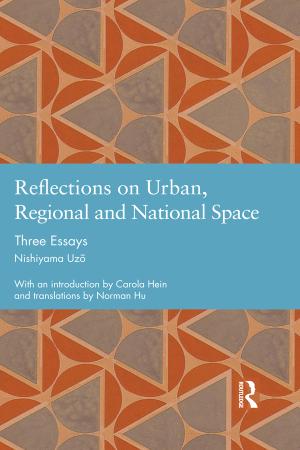
Nishiyama Uzo-, educated as an architect between 1930 and 1933, was a key figure in Japanese urban planning. He was a prolific writer who influenced a whole generation of Japanese urban planners and his interpretations of foreign planning and local practice still influence Japanese planning theory and practice today.
Nishiyama’s first publications date to the 1930s, and his last ones appeared in the 1990s, spanning a period of enormous political and spatial changes. The three...
